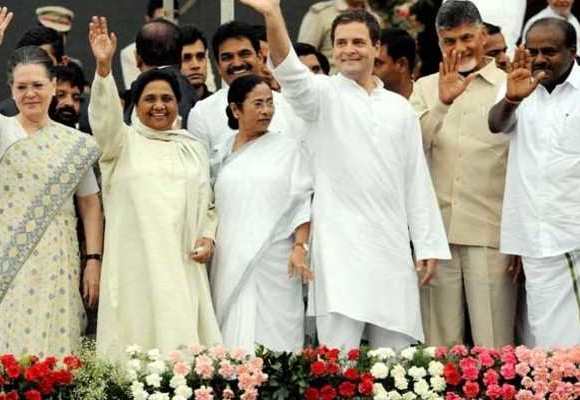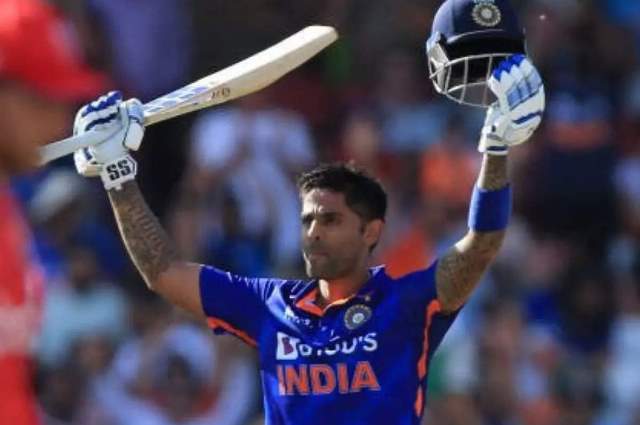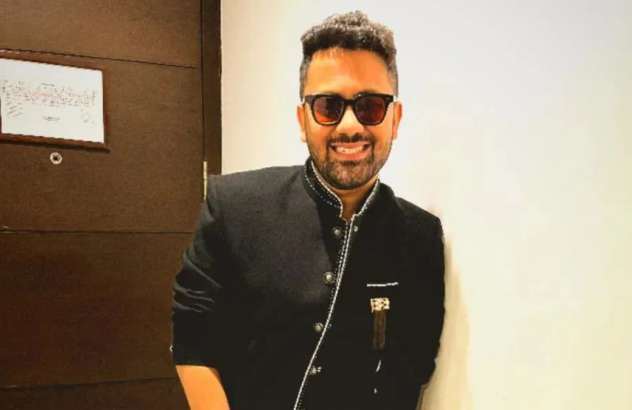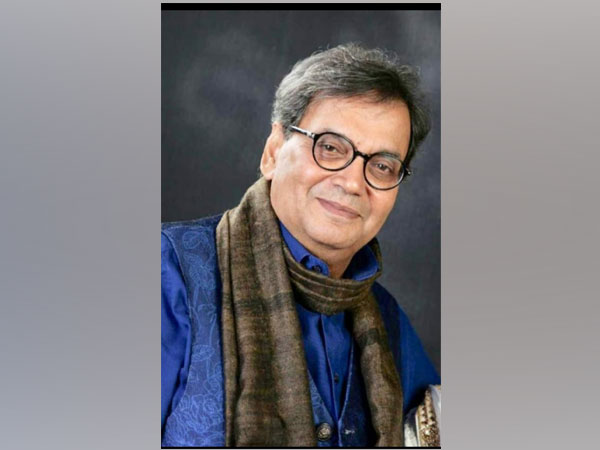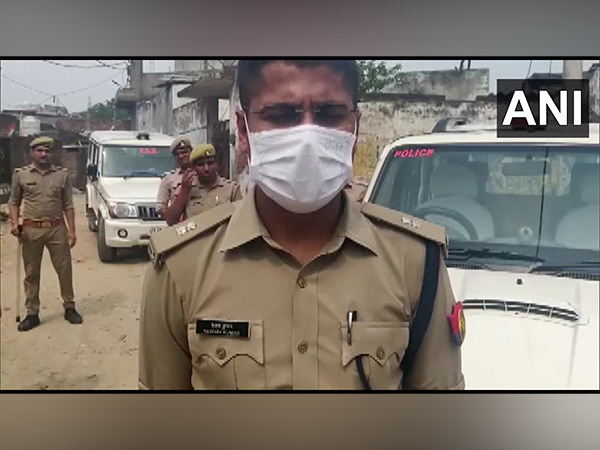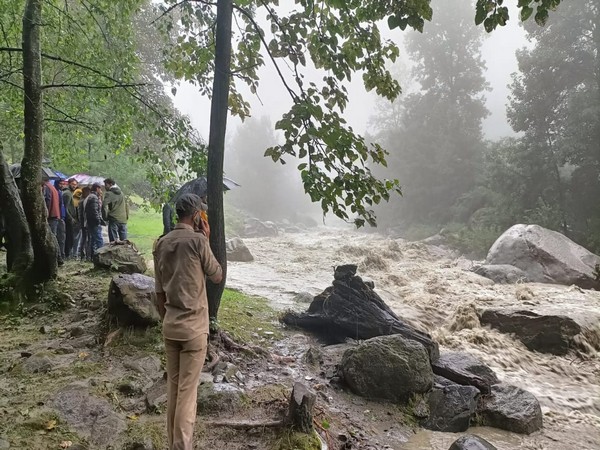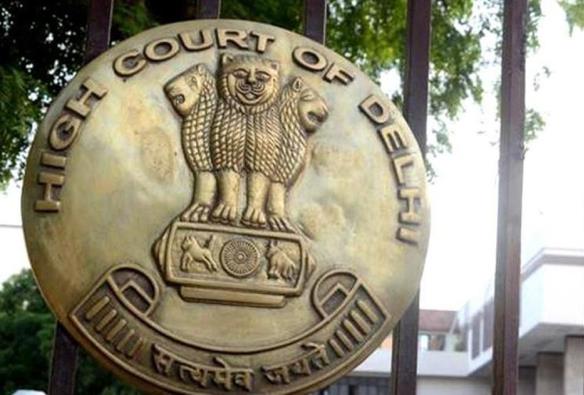15 August 2022, India and Indians have travelled a long way on the road to democracy during the last 75 years. We have every reason to be proud of our country and its achievements. The government has planned big events across the country to commemorate the 75 years of Independence as ‘Amrit Mahotsav’.
However, the critics of the current government say that the Indian democracy is under siege. They point out further that Indian democracy is in serious decline according to major international democracy rankings, or that India may no longer be a democracy at all. They allegedly claim that the deterioration in the quality of Indian democracy has only accelerated since the 2019 re-election of the Bharatiya Janata Party (BJP) led by Prime Minister Narendra Modi.
What the critics say
Critics also allege that due to the social engineering initiated by the BJP, historically oppressed Bahujan (backward) communities who do not conform to the image of a good Hindu are sought to be marginalised as do the religious minorities who find themselves identified as internal enemies.
Bemoaning further they allege that liberals and leftists, activists who have raised issues of the environment and human rights, and anyone else perceived to be “anti-national” have been included to the list of internal enemies.
They turn hoarse saying dissent is muzzled, increasingly through official edicts. Old controversies like in Mathura and Varanasi over temples and mosques are reignited, and claims that mosques were built upon the demolition of temples have resurfaced.
They allege that the social fabric knitted together by India’s diverse communities is being torn and new religious flashpoints have been created
But here it would be pertinent to note that India shares its democratic degradation with many other countries across the world. This process has been variously described as authoritarian, populist, ethnocratic, exclusionary and fascist.
But to be sure, the dominant groups in ethnocracies value democracy – at least for themselves – and often take pride in their democratic institutions. But a polity based on the structural exclusion of a section of its population cannot reasonably be said to qualify as a democracy.
India under Modi
Indeed, Prime Minister Narendra Modi has gone on to extol India as the mother of all democracies, invoking the country’s heritage of participatory decision-making and checks and balances.
However, all these shrill noises of criticism and dissent beg a question. If all these accusations are true, then what has prevented the other political parties of India to prevent this bulldozing by the BJP and adopt the practices and systems which have made the BJP – a party which it is today.
Critics say that mobilisation of interest groups and booth management efforts are underway in full swing as is the momentum for the next general elections. Is there anything that can stop the BJP juggernaut?
There is a good reason why the BJP is in power in 18 states out of 28, and has more than 400 members in Parliament, and 1,300 legislators in state assemblies.
Driving the party is its ‘here and now’ approach. There is no room for political complacency – with an energetic prime minister who communicates with the people directly; there is simply no other option for the karyakartas (workers).
Contrast this with other political parties, BJP’s careful planning, managing its cadres and execution resulted in these victories, whereas the GOP of India i.e. the Indian National Congress had lost the plot much before the 2014 elections.
Opposition parties
The INC it seems had taken the electorate for granted, the young emerging leadership of the party was side-lined by the old satraps, its party management at the legislative and ground-level both had floundered completely. I myself had witnessed 2 general elections in UP before 2014, where at booth level the party had no both agents or managers to manage the voters.
We also should not forget the long list of communal riots, which happened under the Congress rule: from Moradabad to Aligarh to Bhagalpur to Nellie, Assam. The long process to bring the culprits to justice, the court ruling in Hashimpura case came after 31 years of the massacre.
It claimed to be concerned for Muslims but in fact no confirmatory action was taken by any Congress-led government after the Ranganath Misra Commission’s report of 2004 or Sachar Committee’s report of 2006. So the words were only hollow with no concerted action forthcoming.
Before that the Communists, too had lost the plot completely. Their rout was more or less linked to the booming of the Indian economy after India opened up its economy and the market reforms rolled in. The middle class which now had access to more consumer goods and could aspire to a more lavish life style, had no place for the politics of demonstrations and agitations.
The other smaller parties like the Samajwadi or the RJD or the NC, except the south Indian parties were interested in furthering their own petty selfish goals and they were nearly decimated under the BJP juggernaut.
As far as the minorities of India are concerned and particularly the largest minority i.e. the Muslims, they themselves are to be blamed for their woes.
After independence the community as a whole seems to have withdrawn into a shell. It was not seen as part of the Indian mainstream, their self-promoting leaders kowtowed to their political masters by assuring them of the Muslims’ votes for their own personal benefit.
These leaders failed to drive their community to a path of greater learning and become an essential part in the growth of the country, as the other minorities like Sikhs and Parsis did. By neglecting this they neglected their own growth also.
Future scenario
Right now it is a Right-wing push that is dictating the frenetic pace of statecraft now, but there is nothing wrong in this, as the right wing has come to power using the democratic tools available to every party.
If the political critics of the BJP bemoan the so-called social engineering engineered by the BJP, use of social media to further its messaging, then who had stopped them to follow or use the same tools?
In an interview Badri Narayan, social historian, columnist, opined that there is no political party like the BJP anywhere, which starts working for elections two years in advance as well as governing, both at the same time. It is a mega political machine in every sense.
Senior academic and researcher at the LSE, Manisha Priyam has been quoted as saying that the BJP under Narendra Modi is an electoral party, more than an ideological one. It takes every election at every level very seriously, not just the Lok Sabha polls.
This makes us ponder what has stopped the other political parties from adopting the same strategy and planning? If they are not up to it then they themselves are to be blamed. No one else! Stop bemoaning! Get your act together!
After 75 years of independence, we Indians indeed need a new political system in the country, where every section could contribute and reap the benefits of progress and development, equally and which should put a stop to the political spoils of all political parties.
(Asad Mirza is a political commentator based in New Delhi. He writes on issues related to Muslims, education, geopolitics and interfaith)
